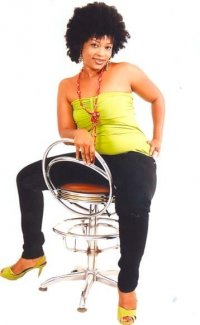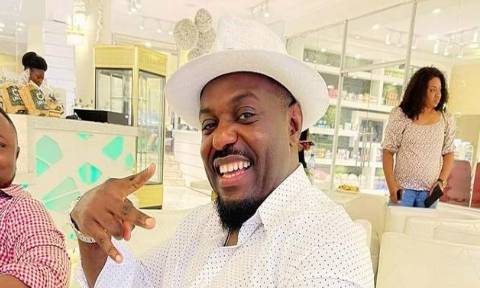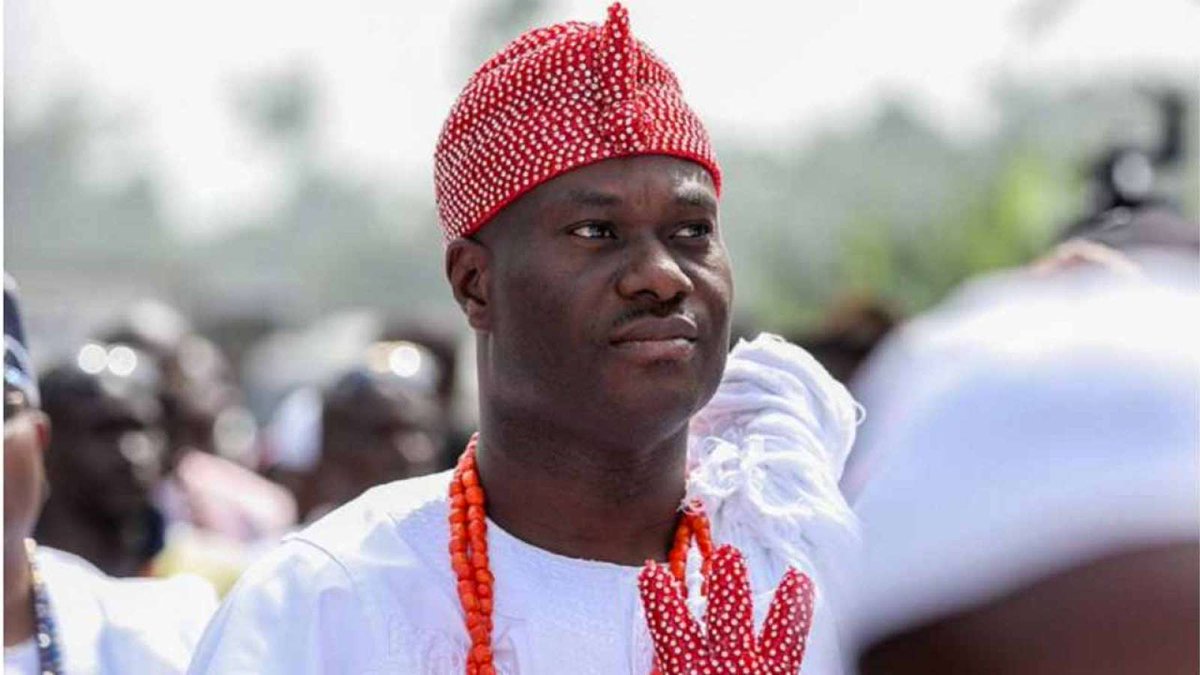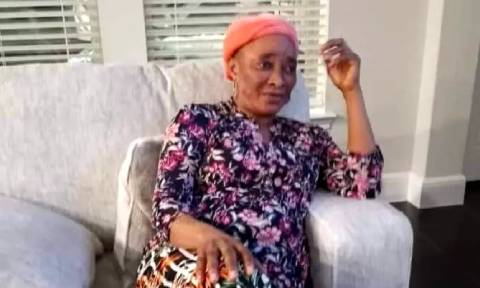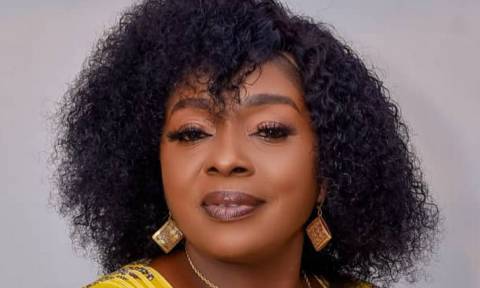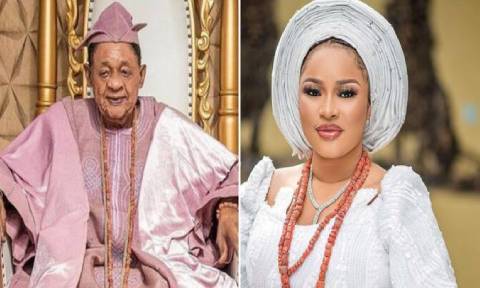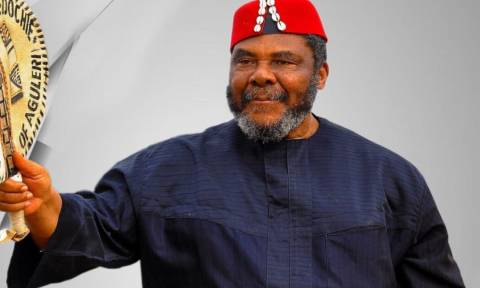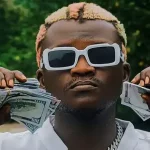The term African dance refers mainly to the dance performed in the sub-Saharan and West Africa. A unique trait of African dance is its polycentric nature. This means that the body is not treated as a “stiff” unit but is segmented into several centers of movement (shoulders, chest, pelvis, arms, and legs.) that may be moved according to different rhythmical components of the music. This may result in very complex movements “inside” the body. In European choreography, the reverse is the case with movement being through space of the whole body.
In African, dance is an integral part of the culture and is used during all sorts of occasions to express moods and feelings from of joy or of sorrow. African dance has to be viewed in close connection with African music. African music and dance is incomplete without the accompaniment of drums. The dancing can be spontaneous and voluntary but the drumbeat provides the rhythm that holds the dancers together. Although the drums in more recent years have become ornaments for decorating the home as well as the popular souvenirs for tourists to African countries, their primary function remains their role in cultural activities and rituals. It is the sound and rhythm of the drums that express the mood of the people, convey messages as well as evoke emotions to unite the people for a common cause.
Every tribe in African has a dance which is unique to them. Examples of African dance include the warrior dance, Agbekor which is perfumed using horsetails. The dance include movements mimicking battlefield tactics such stabbing with the end of the horsetail. Other dances include Dances of Love performed at weddings and anniversaries. Rites of Passage and Coming of Age Dances are performed to mark the coming of age of young men and women. They give confidence to the dancers who have to perform in front of everyone after which they are formally acknowledged as adults. Other dances include dance of welcome such as Yaraba which is a dance to show off the talents and beauty of the village. The dancers hold a beaded Net Covered Gourd Rattle’ called sekere- which is thrown into the air at the same time by all the female dancers to different heights to mark tempo and rhythm changes. But to mention a few
In Nigeria, there are a variety of dances such as apepe from ijebu performed during Jibgo festival, atilogwu from the eastern part of Nigeria which is made of up gymnastic and acrobatic displays,koros performed during celebratory functions like weddings or coronations in the Northern part of Nigeria, gangan which is the talking drum dance for ceremonies like chieftaincy, naming or weddings. Others include the Apeja dance which is used to mark the end of the fishing festival in riverine areas, jemba which is a combination of tribal dance movements demonstrating the integrity of the Nigerian culture.
African dance has come to be widely celebrated all over the world for its richness especially with dance shows such as Umoja of South African origin which has toured the world with excellent reviews. It is an internationally award winning South African show, full of music and dance! Umoja is full of energetic gumboot dancing, warm jazz from Sophiatown, kwaito and gospel. Umoja is a colorful historical journey celebrating life and actually means the spirit of togetherness.
